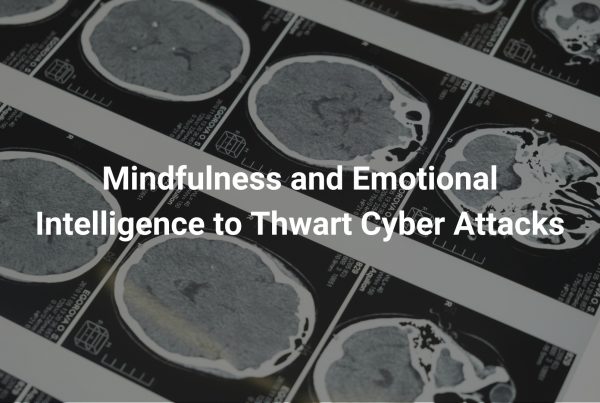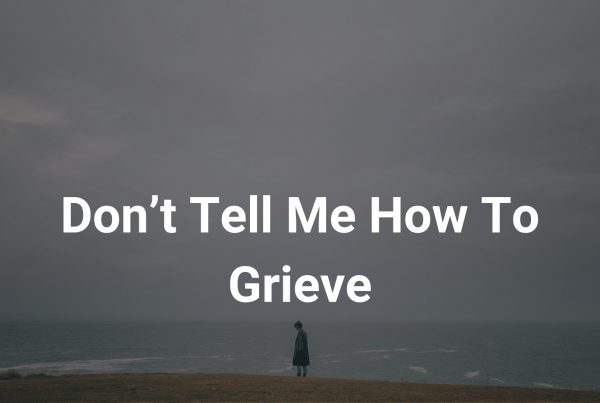Authors: Dr. Abbie Maroño
Published: August 12, 2024
“You either die the hero or live long enough to see yourself become the villain.” This famous quote highlights a profound moral dilemma: what if we become the very thing we swore to protect against?
For me, this raised a fascinating question about the human brain. What happens if the processes designed to protect us from harm become the very thing causing us harm? Following trauma, this is the exact battle the brain grapples with.
But before I dive too deep into that, let’s first understand how the brain protects us in the first place.
The Brain: A Survival Machine
The brain’s primary function is to ensure our survival and keep us safe. It is composed of several structures and networks dedicated to these tasks. For example, the amygdala, known as the brain’s “fear center,” detects and responds to threats. The hypothalamus regulates essential functions like hunger, thirst, and body temperature, crucial for survival.
When we perceive a threat, the brain’s threat detection system, centered around the amygdala, goes into overdrive. This leads to heightened arousal and a flood of stress hormones like cortisol, preparing the body to fight, flee, or freeze in response to danger.
During exposure to a stressor, our memory consolidation is enhanced to ensure that we do not forget that it threatens us. Indeed, if something poses a threat, it is advantageous for us to remember it vividly. For instance, touching a hot stove once teaches us to avoid it in the future. Our stress response system reinforces this memory to ensure that we do not repeat that action.
But what happens when the memories meant to aid our survival and keep us out of harm’s way are the very ones causing us pain?
Traumatic Memories
A trauma, by definition, exceeds our emotional capacity to cope. Indeed, after experiencing trauma, the memory of that trauma can cause intense emotional pain and distress. While we may want to forget these memories, our brain’s threat detection system insists on remembering them. This creates a paradox: the mechanism designed to help us avoid threats now threatens our well-being. As such, the brain needs a response to essentially keep us safe from ourselves.
One such response involves the brain’s attempt to suppress or inhibit the painful memory to protect us from experiencing further distress. This suppression can manifest as a form of dissociation or numbing, where the brain shuts down the parts responsible for processing the emotional pain associated with the trauma. In doing so, it aims to reduce the immediate threat posed by the traumatic memory.
Unintended Consequences
However, this protective mechanism can have unintended consequences. Those same brain areas are responsible for the richness of our experiences because they don’t just facilitate negative emotions but all emotions. By suppressing the memory of the trauma, the brain may also inadvertently shut down parts associated with positive memories and emotions. This can lead to a general numbing effect, where individuals may struggle to experience joy, pleasure, or other positive emotions. This ’emotional blunting’ is one reason individuals report feeling cold or numb after trauma. We sacrifice pleasure and presence in fighting our pain.
Moreover, the suppression of traumatic memories is not always successful and can result in the memories resurfacing in fragmented or intrusive ways. This can further exacerbate emotional distress and contribute to the development of conditions such as post-traumatic stress disorder (PTSD).
Mindful Healing
Fortunately, empirical research suggests that mindfulness and meditation can be powerful tools for healing from trauma. These practices help individuals stay grounded in the present moment, reducing the grip of traumatic memories.
Mindfulness meditation involves paying attention to the present moment without judgment. This practice can help individuals become more aware of their thoughts, feelings, and bodily sensations, allowing them to observe these experiences without becoming overwhelmed.
This engagement can help thaw the emotional numbness, gradually restoring access to a full range of emotions. Mindfulness practices such as body scans, where individuals attentively and non-judgmentally focus on different parts of their body, can help re-establish the connection with physical sensations and emotions. Indeed, research has found that mindfulness-based stress reduction (MBSR) significantly reduced emotional numbing in trauma survivors, with individuals reporting feeling more in tune with their emotions and better able to experience positive feelings.
What’s more, regular mindfulness and meditation practice can build resilience, making individuals better equipped to handle future stressors. This resilience can provide a buffer against the reactivation of traumatic memories and reduce the risk of developing PTSD.
By incorporating mindfulness and meditation into our daily routines, we can work through traumatic experiences, gradually reducing the emotional pain associated with these memories and restoring their capacity for joy and emotional richness.
References
Follette, V. M., & Vijay, A. (2009). Mindfulness for trauma and posttraumatic stress disorder. Clinical handbook of mindfulness, 299-317.
Lanius, R. A., Boyd, J. E., McKinnon, M. C., Nicholson, A. A., Frewen, P., Vermetten, E., … & Spiegel, D. (2018). A review of the neurobiological basis of trauma-related dissociation and its relation to cannabinoid-and opioid-mediated stress response: A transdiagnostic, translational approach. Current Psychiatry Reports, 20, 1-14.
Nishanth, M. J., & Jha, S. (2022). Understanding the neural basis of survival instinct vs. suicidal behavior: a key to decode the biological enigma of human suicidal behavior. European archives of psychiatry and clinical neuroscience, 272(3), 531-533.
Nitzan-Assayag, Y., Aderka, I. M., & Bernstein, A. (2015). Dispositional mindfulness in trauma recovery: Prospective relations and mediating mechanisms. Journal of Anxiety Disorders, 36, 25-32.
Parasuraman, R., & Galster, S. (2013). Sensing, assessing, and augmenting threat detection: behavioral, neuroimaging, and brain stimulation evidence for the critical role of attention. Frontiers in human neuroscience, 7, 273.
Seng, J., & Group, C. (2019). From Fight or Flight, Freeze or Faint, to “Flow”: Identifying a Concept to Express a Positive Embodied Outcome of Trauma Recovery. Journal of the American Psychiatric Nurses Association, 25(3), 200-207.
Taylor, J., McLean, L., Korner, A., Stratton, E., & Glozier, N. (2020). Mindfulness and yoga for psychological trauma: systematic review and meta-analysis. Journal of Trauma & Dissociation, 21(5), 536-573.
Terpou, B. A., Harricharan, S., McKinnon, M. C., Frewen, P., Jetly, R., & Lanius, R. A. (2019). The effects of trauma on brain and body: A unifying role for the midbrain periaqueductal gray. Journal of neuroscience research, 97(9), 1110-1140.
Treleaven, D. A. (2018). Trauma-sensitive mindfulness: Practices for safe and transformative healing. WW Norton & Company.
Van Der Kolk, B. A. (1998). Trauma and memory. Psychiatry and Clinical Neurosciences, 52(S1), S52-S64.
To learn more about Dr. Abbie’s work, visit her website.





